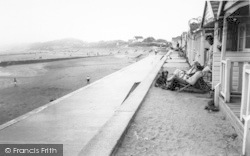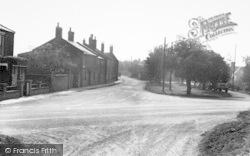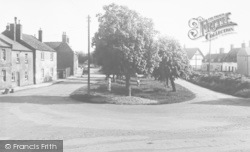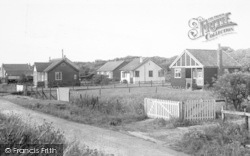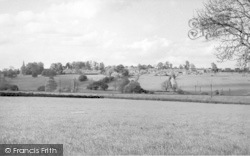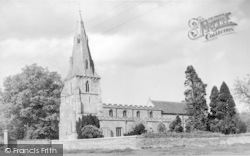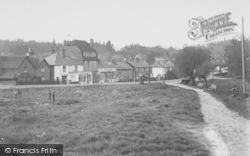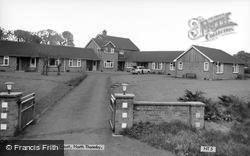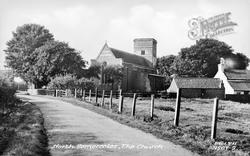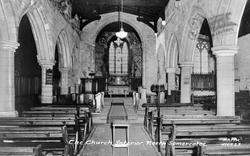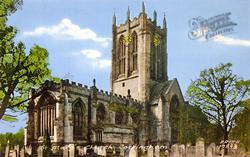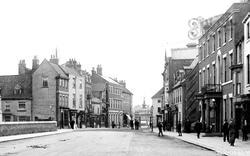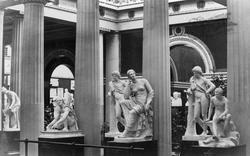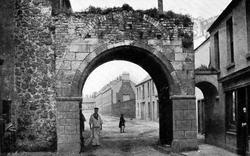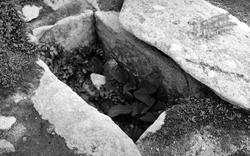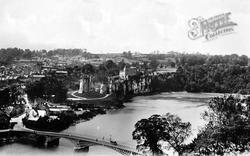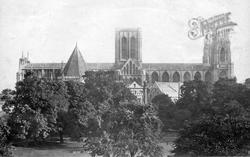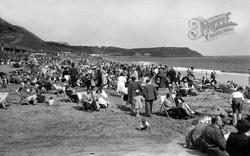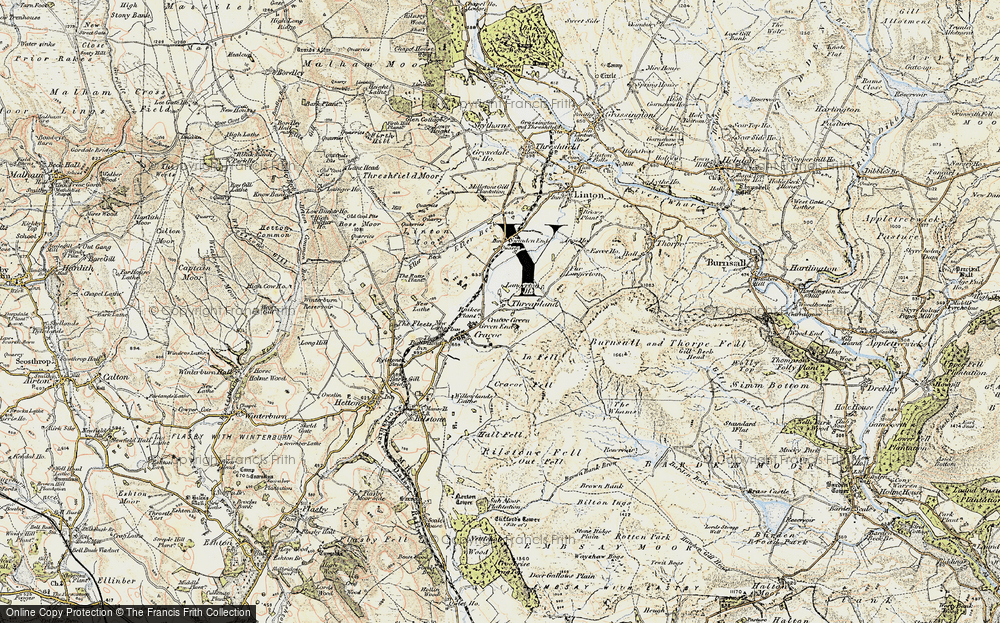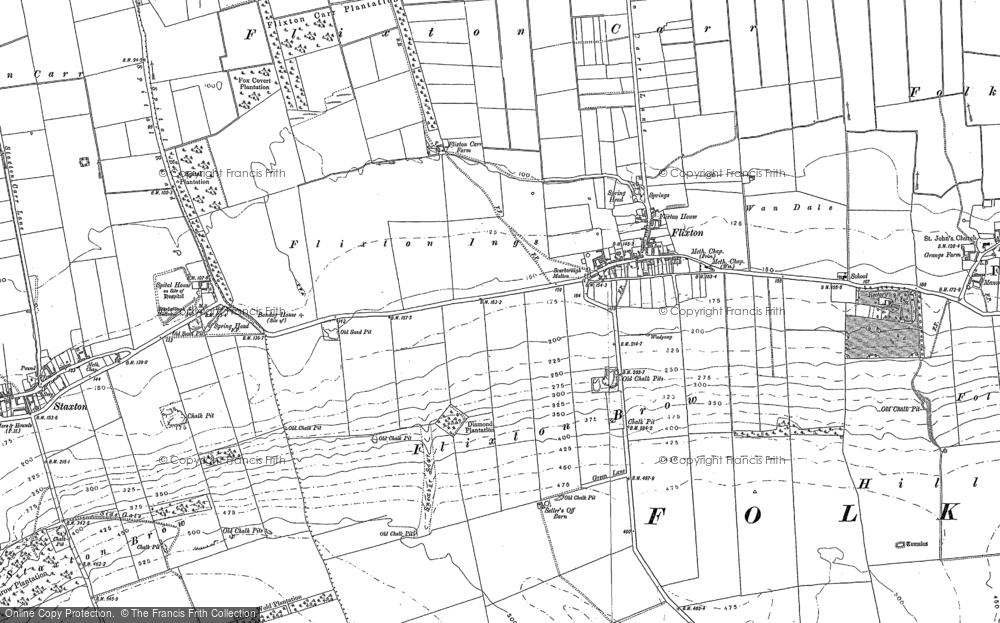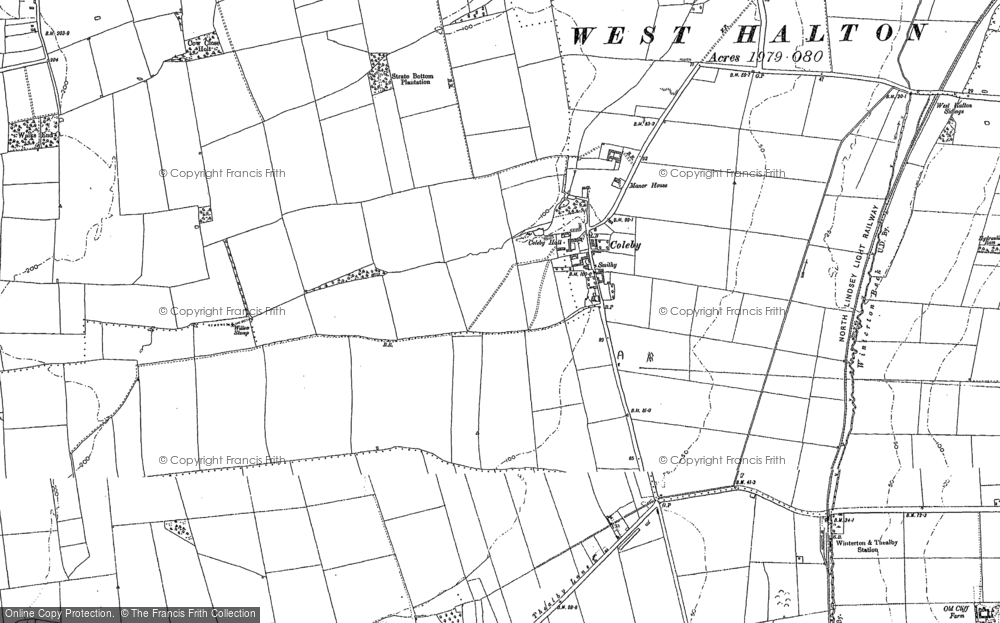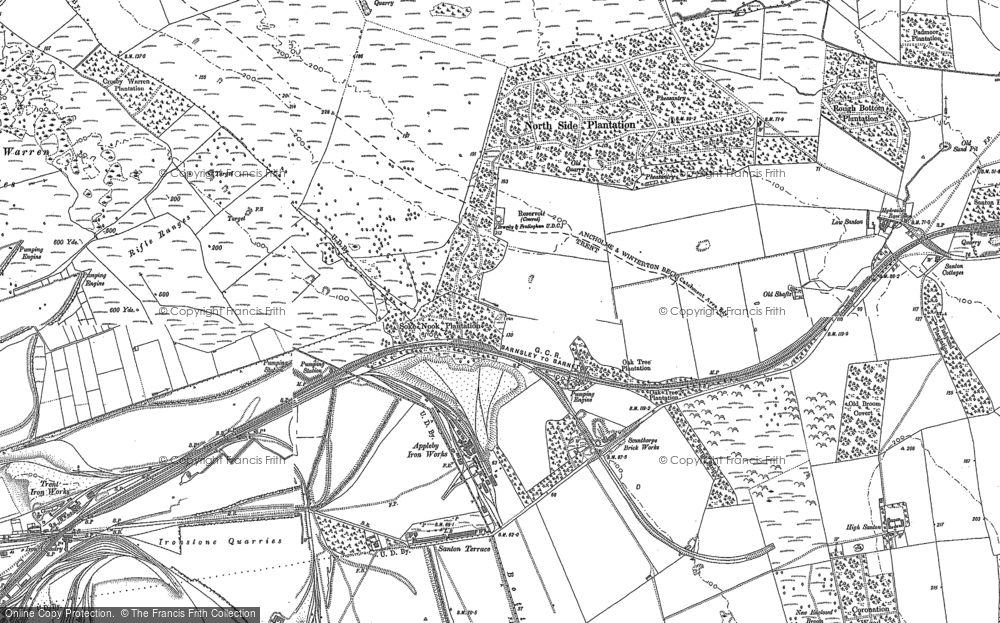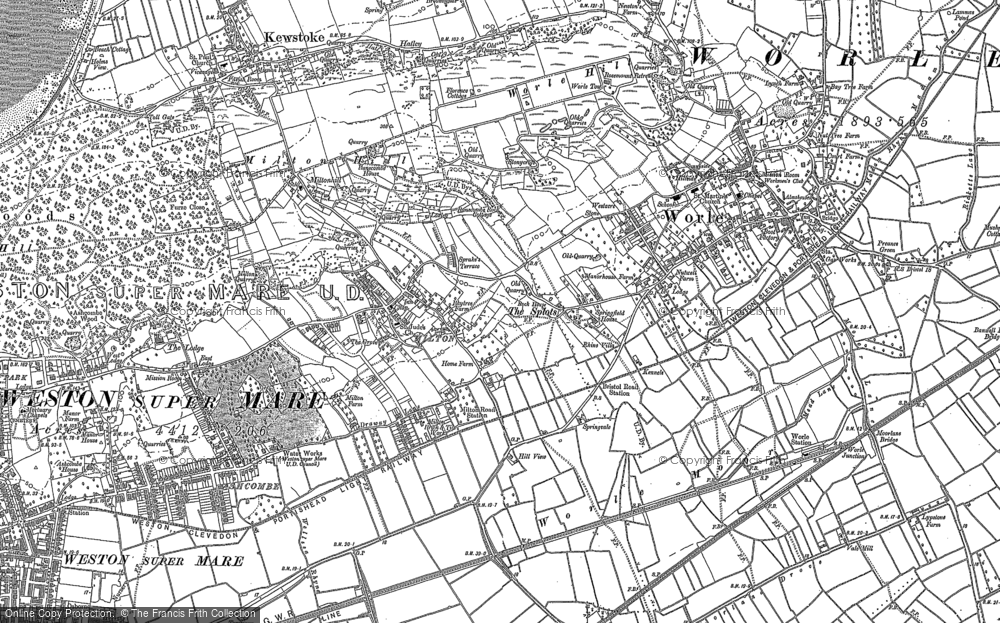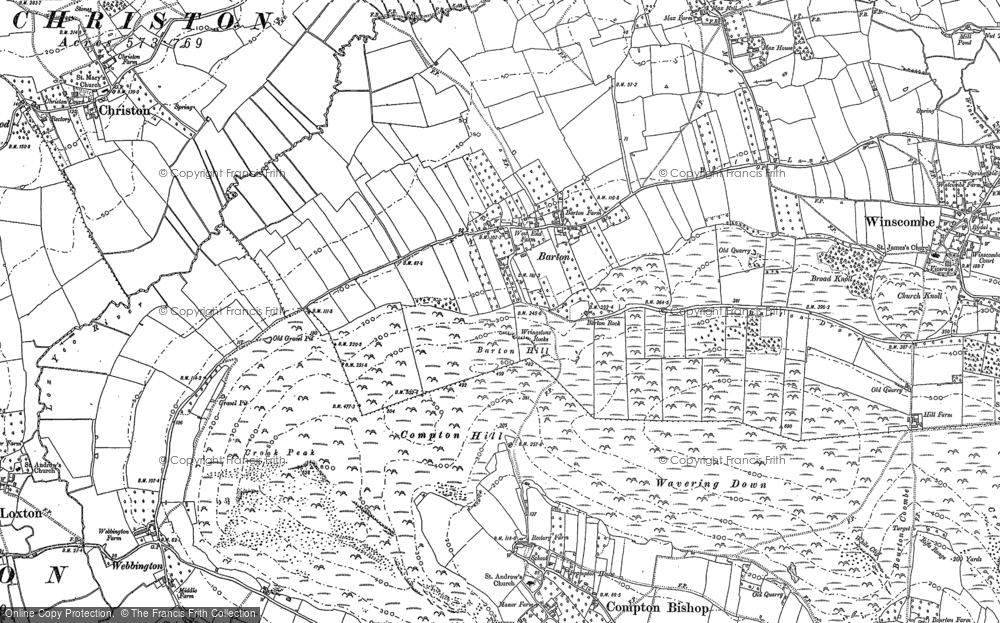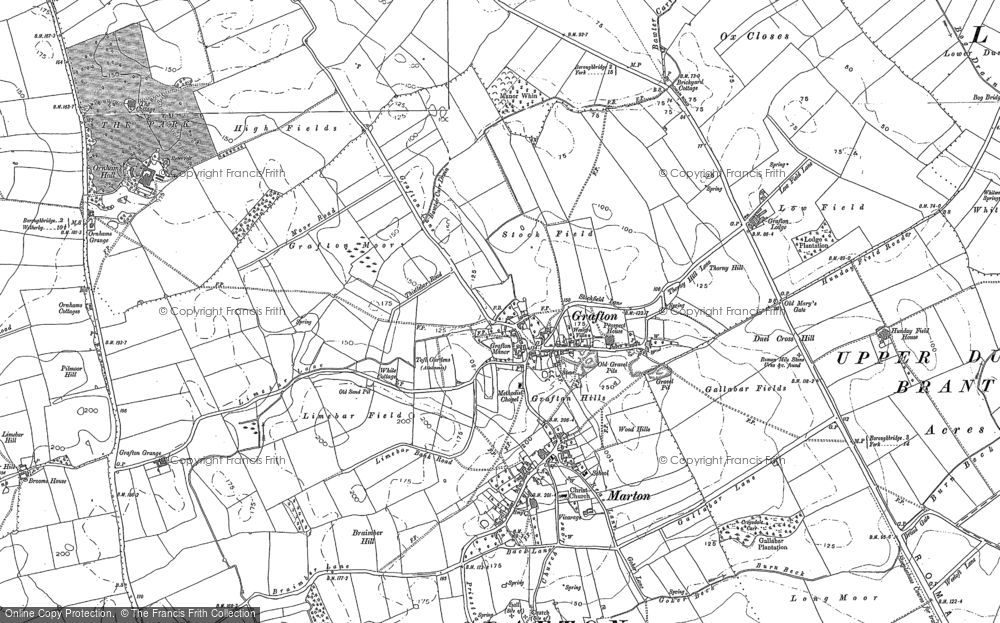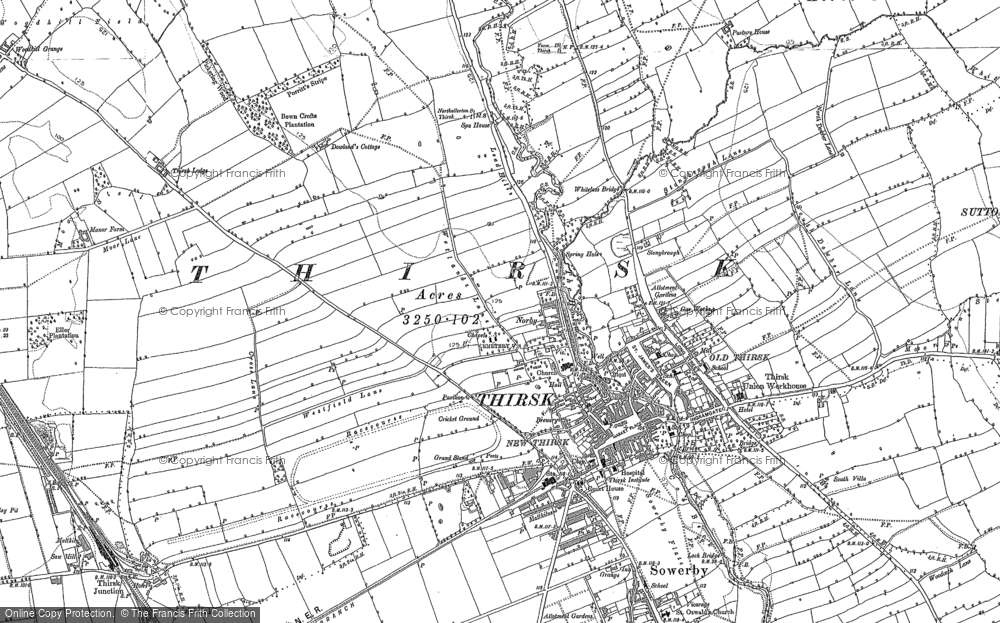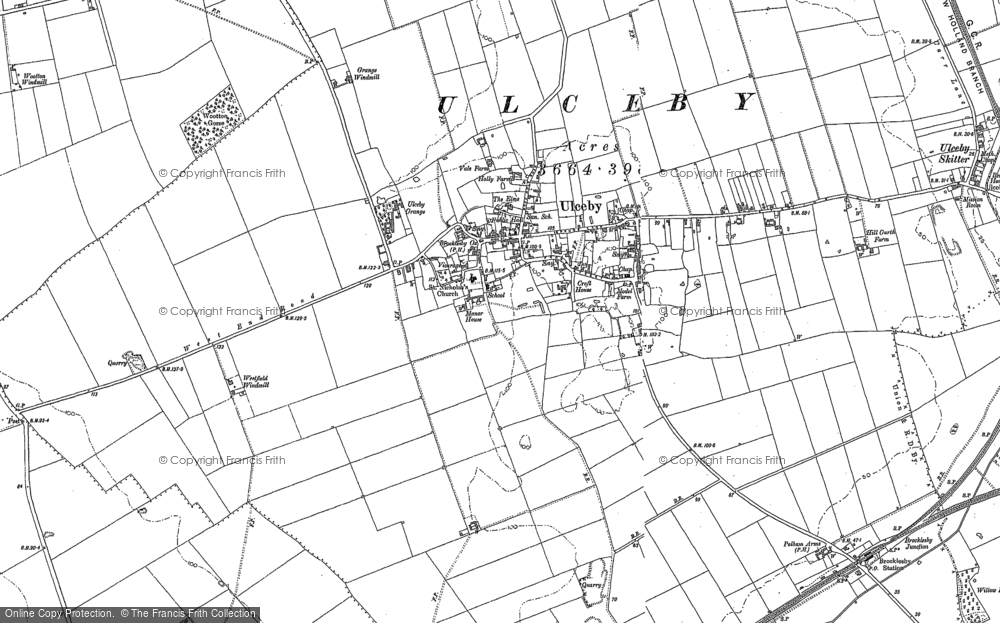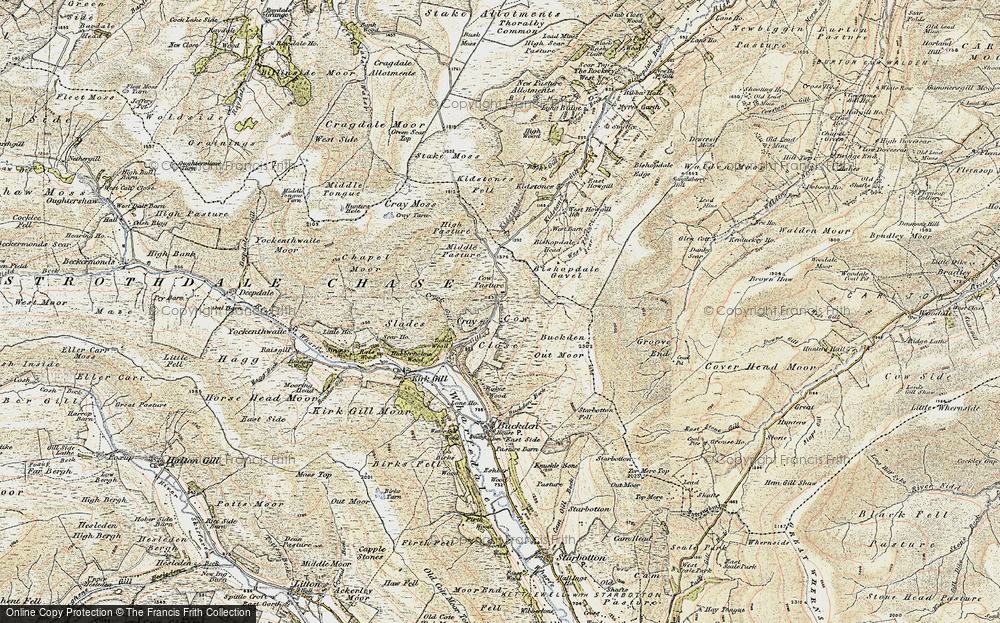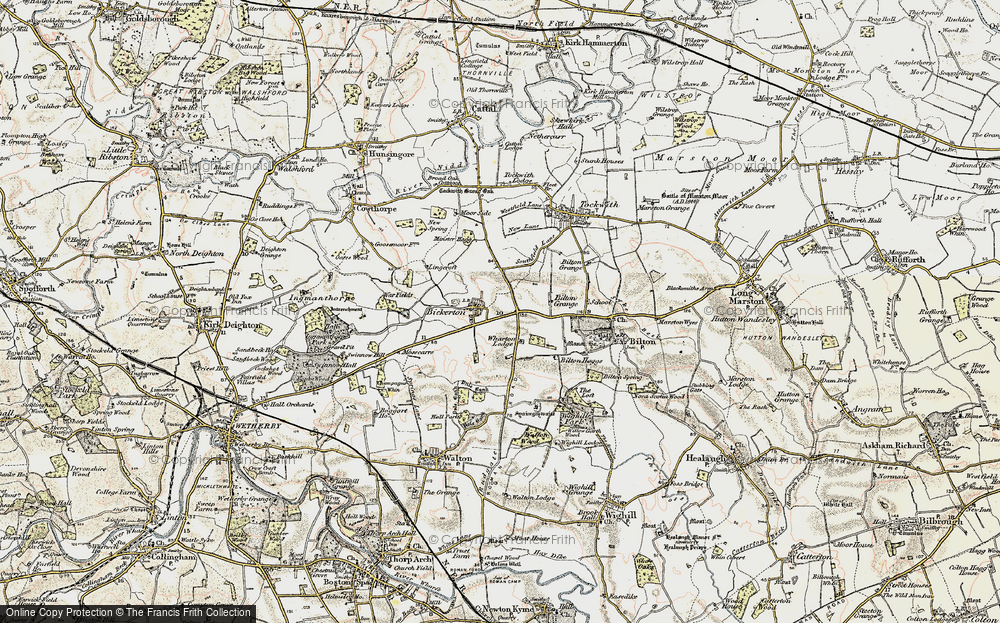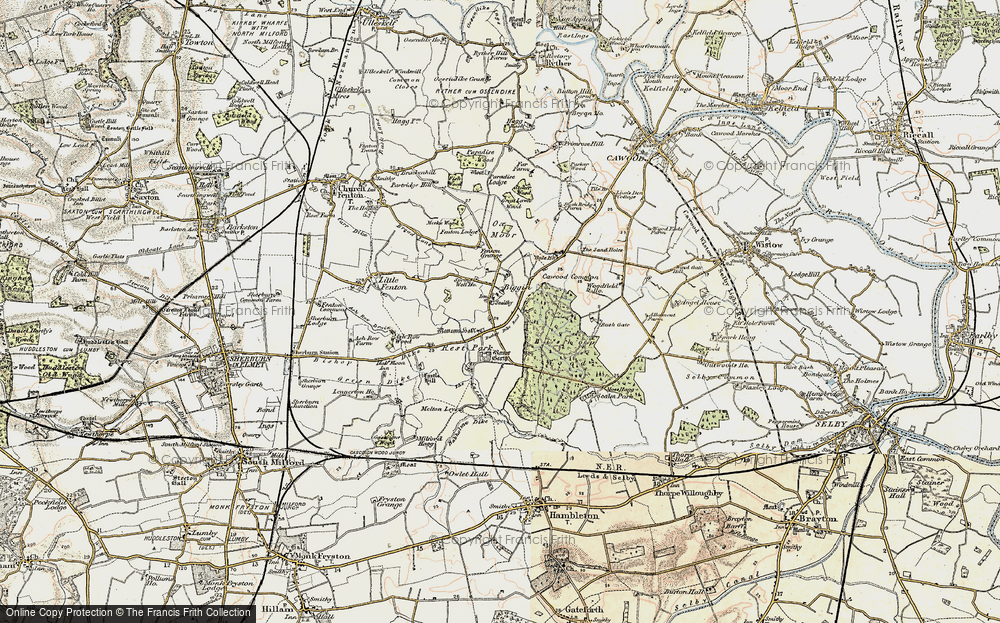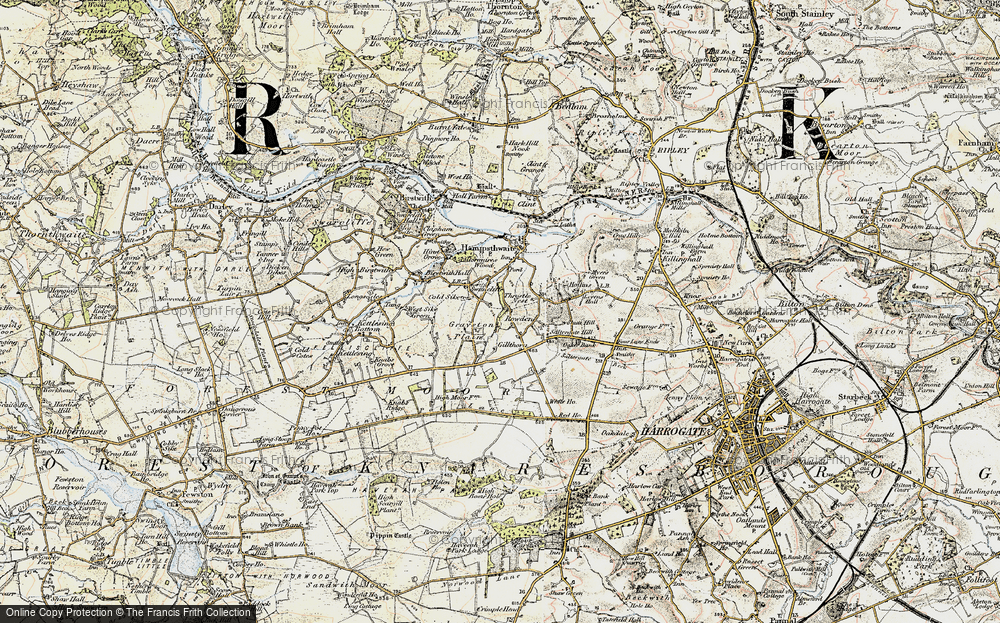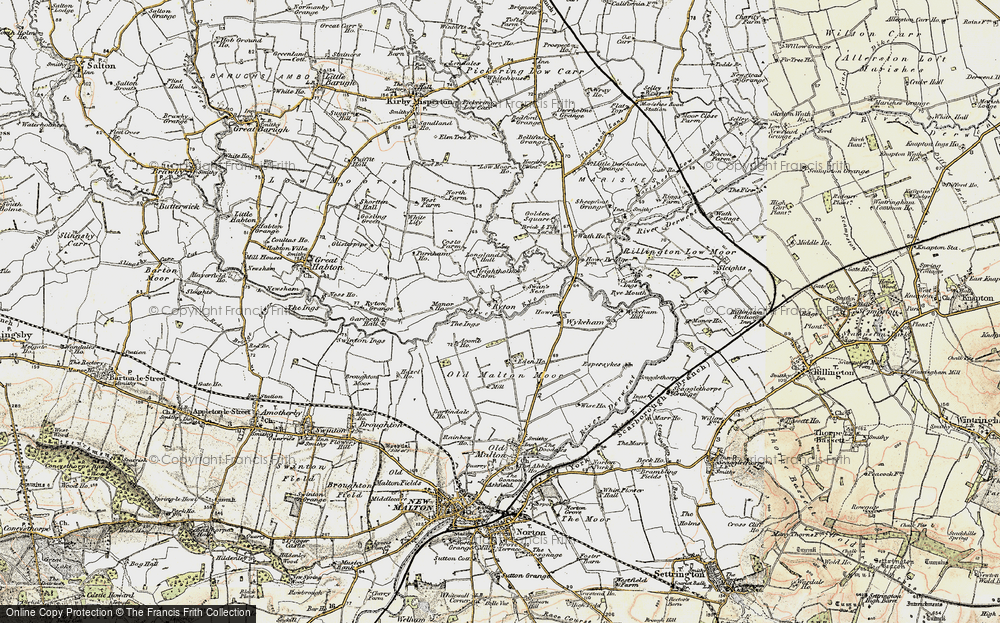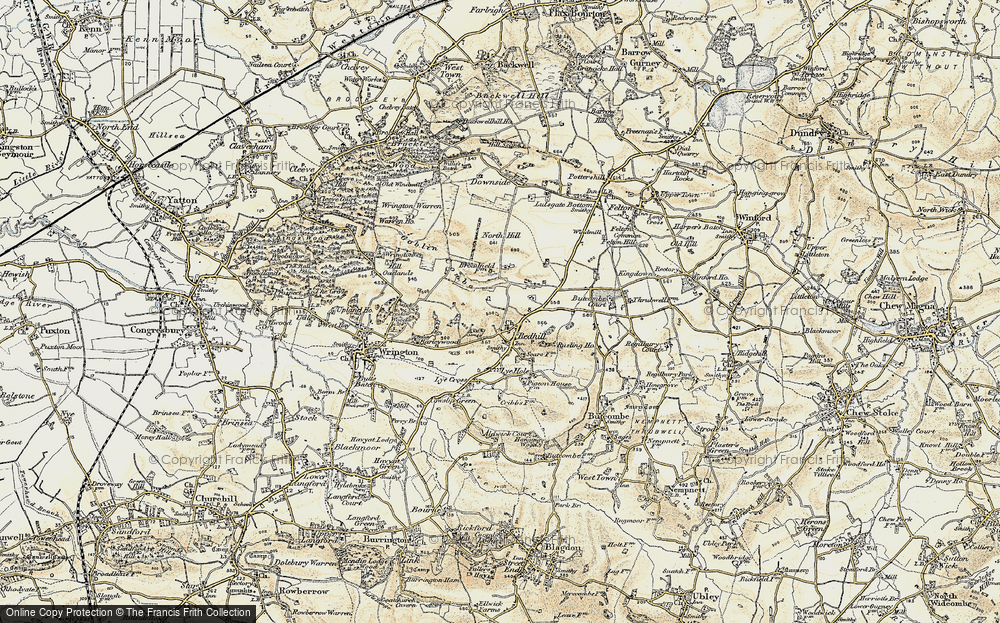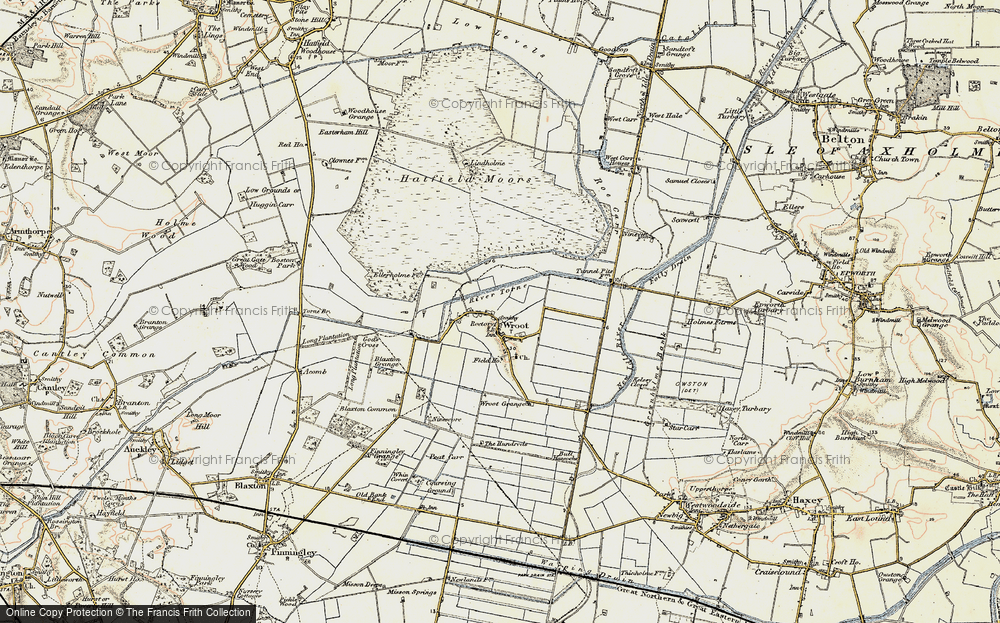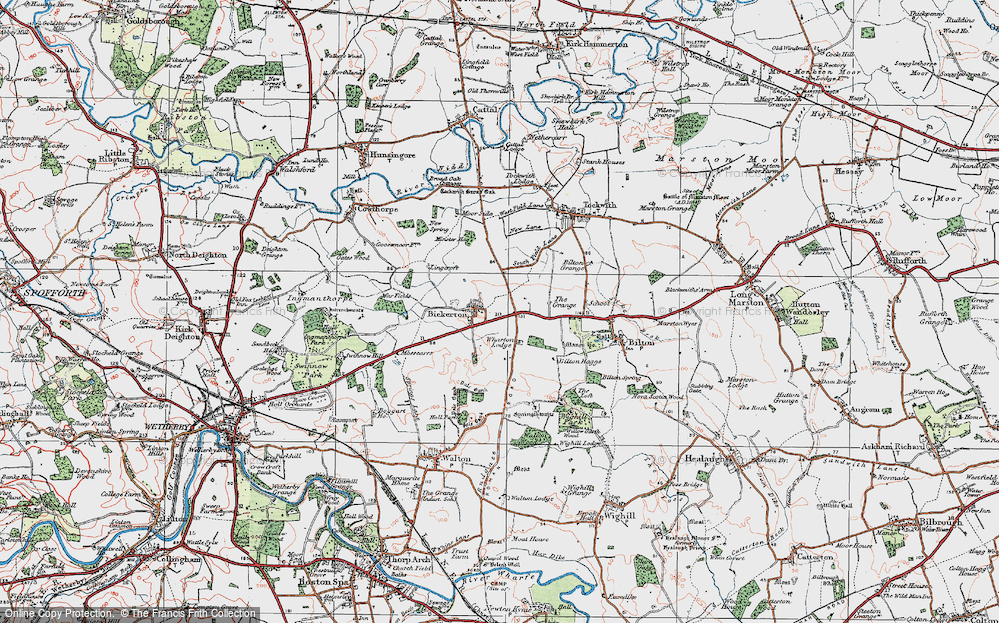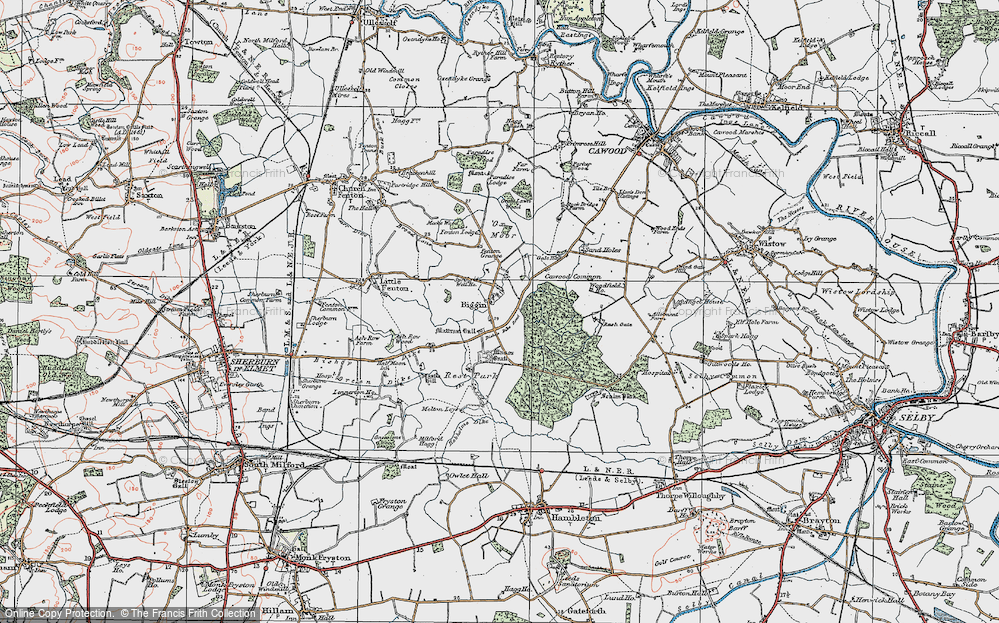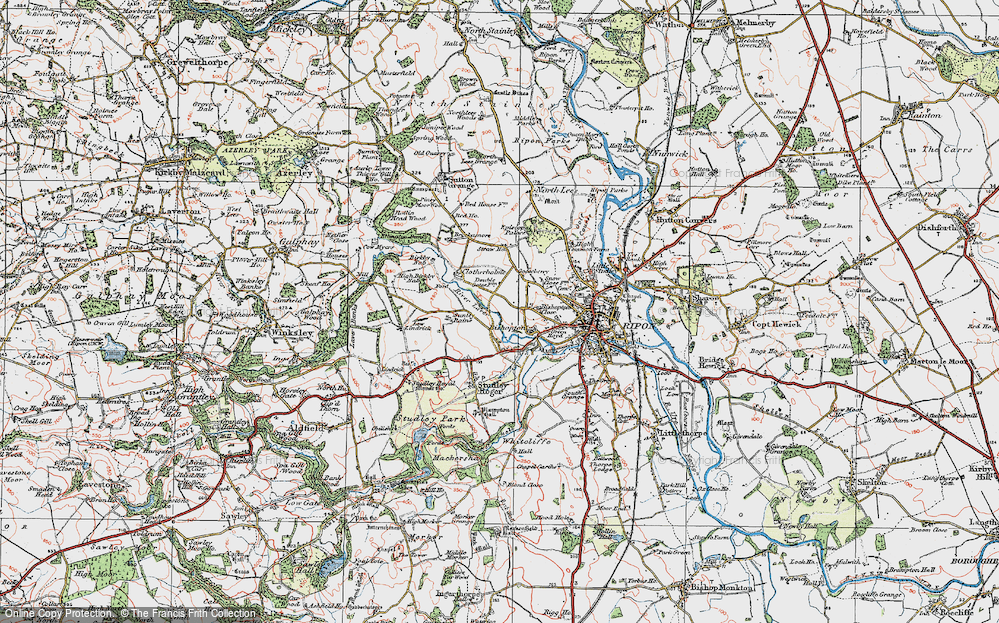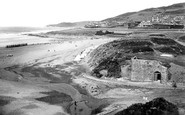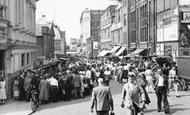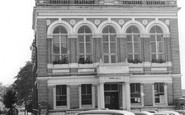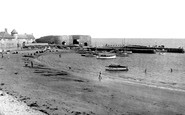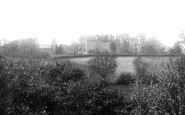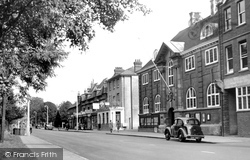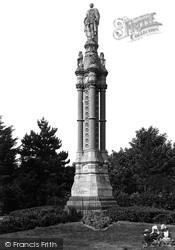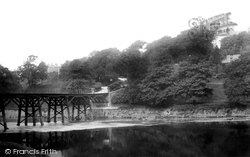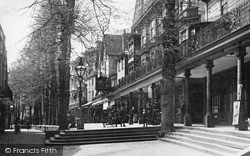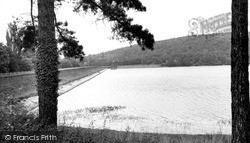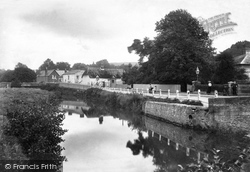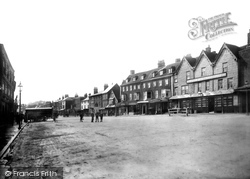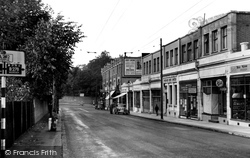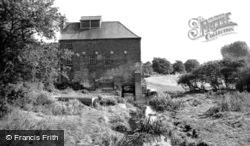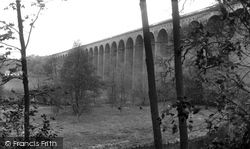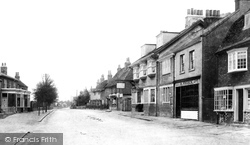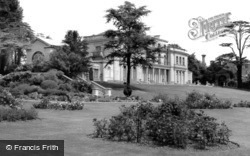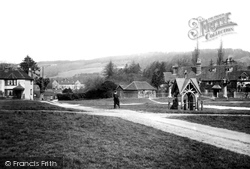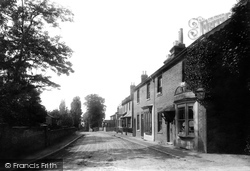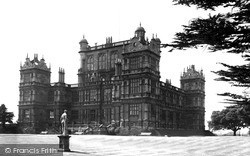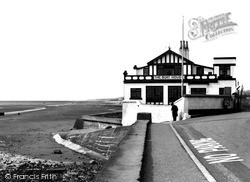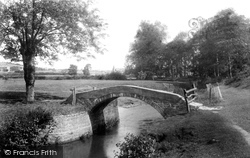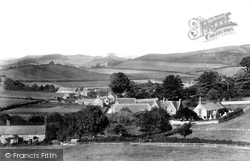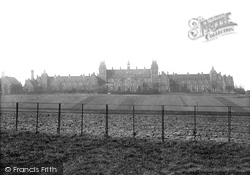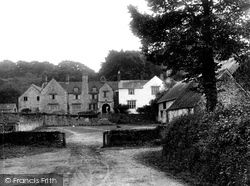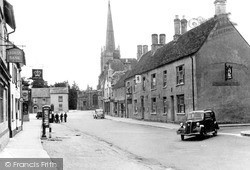Places
36 places found.
Those places high-lighted have photos. All locations may have maps, books and memories.
- North Walsham, Norfolk
- North Berwick, Lothian
- North Chingford, Greater London
- Harrogate, Yorkshire
- Whitby, Yorkshire
- Filey, Yorkshire
- Knaresborough, Yorkshire
- Scarborough, Yorkshire
- Clevedon, Avon
- Weston-super-Mare, Avon
- Selby, Yorkshire
- Richmond, Yorkshire
- Ripon, Yorkshire
- Scunthorpe, Humberside
- Pickering, Yorkshire
- Settle, Yorkshire
- Skipton, Yorkshire
- Saltburn-By-The-Sea, Cleveland
- Norton-on-Derwent, Yorkshire
- Rhyl, Clwyd
- Chester, Cheshire
- Llandudno, Clwyd
- Grimsby, Humberside
- Durham, Durham
- Nailsea, Avon
- Southport, Merseyside
- Brigg, Humberside
- Colwyn Bay, Clwyd
- Redcar, Cleveland
- Bath, Avon
- Grange-Over-Sands, Cumbria
- Cleethorpes, Humberside
- Sedbergh, Cumbria
- Barrow-In-Furness, Cumbria
- Barmouth, Gwynedd
- Dolgellau, Gwynedd
Photos
2,569 photos found. Showing results 1,821 to 1,840.
Maps
9,439 maps found.
Books
Sorry, no books were found that related to your search.
Memories
1,548 memories found. Showing results 911 to 920.
Good Times
I lived in and around the Romford area from 1957 until 1979 - I have never been back. I went to school first at St Edwards (the confessor) near the market square, we were taught by nuns and some were tyrants! Sister Aloysius, tall and willowy, ...Read more
A memory of Romford
The Life Of A .Woolacombe Lad
I was born in the North Devon Royal Infirmary in June 1936 and lived in and around the village for 19 years before doing my national service.I never returned again as i needed a job in a city like Bristol. My father was ...Read more
A memory of Woolacombe by
Bishop Wordsworth's School In The 1960s
I attended Bishop Wordsworth's School between 1964 and 1967 arriving when I was 14. I had previously gone to a very prestigious grammar school in north London which in fact was awful. Discipline was non-existent, ...Read more
A memory of Salisbury by
Wilsons Coffee Shops
As I remember the Almshouse have stood on the corner of George St and North End .Wilsons coffee shops were in North End and George St-also in Purley The photo of Surrey St in 1955 might show a stall selling gramoohone records ran by ...Read more
A memory of Croydon by
My Dad's Car!
That's my Dad's Morris Minor - MCE464 - the second car in. He used to work at the North Thames Gas Board offices down the Causeway. He must have been doing a spot of shopping in town or visiting his lady friend?
A memory of Staines by
Childhood Holidays
We used to holiday at Beadnell and Seahouses in the 1950s. There was my Mam,Dad,Auntie,Uncle, Nanna, Rexy the dog,and myself. We used to all squash into my Dad's works van and head North from Newcastle. I have wonderful memories of ...Read more
A memory of Beadnell by
St Andrews School
I went to this school in 1954 when I was four and living in a large house on Pinner Road, backing onto the railway, shortly before the older terraced houses. I was first in the kindergarten in North Harrow, where we had ...Read more
A memory of North Harrow by
Family In Newington Or Walworth South London
My Great Grandmother had two brothers who lived in Newington or Walworth, South London. This would be the area between Camberwell and Kennington to the South and The Elephant and Castle and The Borough, Southwark to the North.
A memory of Newington by
Long Time Ago.
Born in Hardwick Hall Sedgefield During the war '42. Brought up in old West before Owton Manor est etc. Remember walking the streets during war with Mum after air raid sirens etc. and standing in queues with our ration coupons for ...Read more
A memory of Hartlepool by
Written While I Can Still Remember
I went to old Harlow College during the war. I remember walking across the fields to Harlow Mill where us boys used to swim. It was a very strict college with prefects. It was run on the style of the Cambridge ...Read more
A memory of Harlow by
Captions
2,645 captions found. Showing results 2,185 to 2,208.
On the north side are the grounds of the Royal Military Academy, Sandhurst, which are mostly in Berkshire; but its Greek Doric gate lodges front London Road.
At the north end of the park the focus is a statue of Albert, Queen Victoria's Prince Consort, who had died in 1861 and in whose honour the estate had been named.
Unfortunately, the company ran out of money, the aqueduct over the River Ribble was put on hold, and a cheaper alternative, a tramway between the north and south sections, was built.
Nearly four hundred feet above sea level, this principal inland resort of Kent owes its popularity to the accidental discovery of a chalybeate spring by Dudley, Lord North in 1606, which led to the fashion
A mile or so south of Quorn, the camera looks north towards the weir, with Hawcliff Hill and Buddon Wood to the left.
This is East Bridge, at the eastern end of East Street (far right), looking eastwards from the north bank of the River Asker.
The closest parked cars on each side are Humbers, with a Riley 9 further along the north side of the street (centre).
The Castle and Ball Hotel, an old established commercial hotel and posting house on the north side of the High Street, has a distinctive tile-hung front with pierced barge-boards decorating
This view is taken looking north- west along Benyon Road towards the junction of Pound Street and Carshalton Road. The high brick wall in the distance belongs to Carshalton House.
Situated on the river Sence to the south of the town, the mill was first recorded around the mid 12th century, and by the early 17th century a windmill had also been built a little to its north.
The 1560ft-long Welwyn viaduct at Digswell carries the London to Peterborough railway 100ft above the River Mimram a mile or so north of Welwyn Garden City.
On the B1368 road a mile or so north of Braughing stands the small community of Hay Street.
Darent north of Sevenoaks. Here we see an empty street scene before motor traffic was commonplace. W Pocock, on the right, is a butcher's shop.
The mansion at the east end near the North Circular Road survived, although there were uncertain years in the 1970s.
Overlooked by the slopes of Box Hill and the sweep of the North Downs, this delightful village acquired its name from the badgers whose setts were by the River Mole.
There are still many reminders of this view visible today if one looks north from the entrance to the war memorial gardens.
The 500 acres of deer park was incorporated in the city boundaries in 1932, but only the east side, a strip along the north side, and a strip along the west side were developed for
The baths were situated just to the north of the Boat House, where Gayton Sands Nature Reserve car park now stands. The Boat House is now an inn and restaurant.
Looking north-eastwards towards Bradpole, the spire of Holy Trinity can be seen on the skyline (centre).
Looking north-east, from Hyde Hill, we can see Hyde in the foreground (left) and Berry Farm and Walditch hamlet in the middle distance (centre).
It was replaced by a housing estate, Belmont Heights, with access across the railway line from the Brighton Road, north of Belmont Station.
The route diverts briefly to the east side of the Quantocks to visit Dodington, a small and peaceful hamlet just north of the busy A39.
A surprisingly tranquil view of the cobbled Market Place on a sunny day in 1893, looking north past the Musgrave Monument into Devonshire Street.
Lechlade stone was used to build St Paul's Cathedral; it was brought from 10 miles north down to Taynton Quarry. The town is dominated by the Market Place and the church of St Lawrence.
Places (9301)
Photos (2569)
Memories (1548)
Books (0)
Maps (9439)




